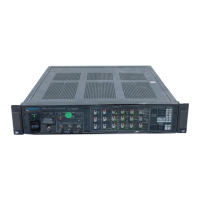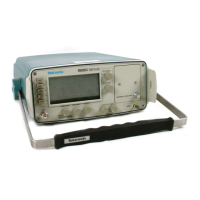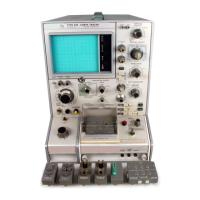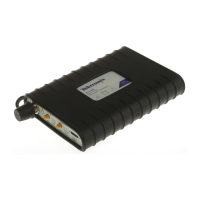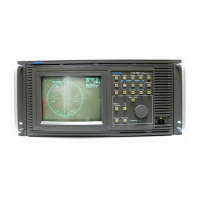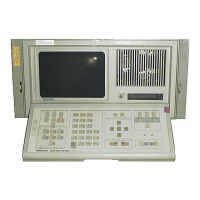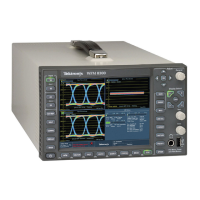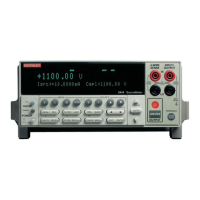Operating Instructions
2–24
1720/1721
0°
10°
df
10°
20%
dG
YL
10%
dG
yl
75% 100%
100%
75%
75% AMPLITUDE
BURST TARGETS
Figure 2-18: Simulation of the 1721 Differential Gain and Phase graticule showing
approximately 10 % differential Gain (dG).
X Y Measurements
Any oscilloscope, including vectorscopes that have identical X and Y amplifiers,
can be used to make accurate stereo audio phase measurements. When identical
signals of equal amplitude are input, the resultant display will be a lissajous
pattern, whose opening is relative to the phase error between the signals. If there
is no phase error between signals, the display will be a diagonal line, at a 45°
angle. When the signals are not equal in phase, the pattern will have its axis on
the diagonal but be displayed as an ellipse. As long as the amplitude of the
signals remains the same, the amount of opening in the ellipse (up to 90°) is a
relative measure of the phase difference. At 90° the display is a circle; errors
greater than 90° cause the axis to rotate by 90°.
The graticule for the 1720/1721 has scales for measurement of stereo audio
phase. The dashed diagonal line is the measurement axis for errors less than 90°,
it is terminated in amplitude targets that correspond to the length of X and Y
axes. The boxes, surrounding the crosshairs, are equal to amplitude errors of 1/2
and 1 dB, respectively.
The upper half of the Y axis has markings, in 10° increments, for measurement
of the elliptical waveform that occurs when there is a phase error. Both the X
and Y axes have –3 dB markings making it easy to check the bandpass of the
amplifiers. The 3 dB points are minor breaks in the line about 30% of the
distance from the graticule circle to the graticule center.
In order to make this type of measurement it is essential that the input signal
amplitudes be equalized. This is easily accomplished by applying only one
Making Stereo Audio
Phase Measurements
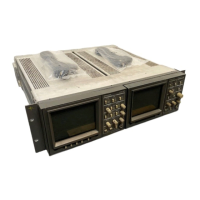
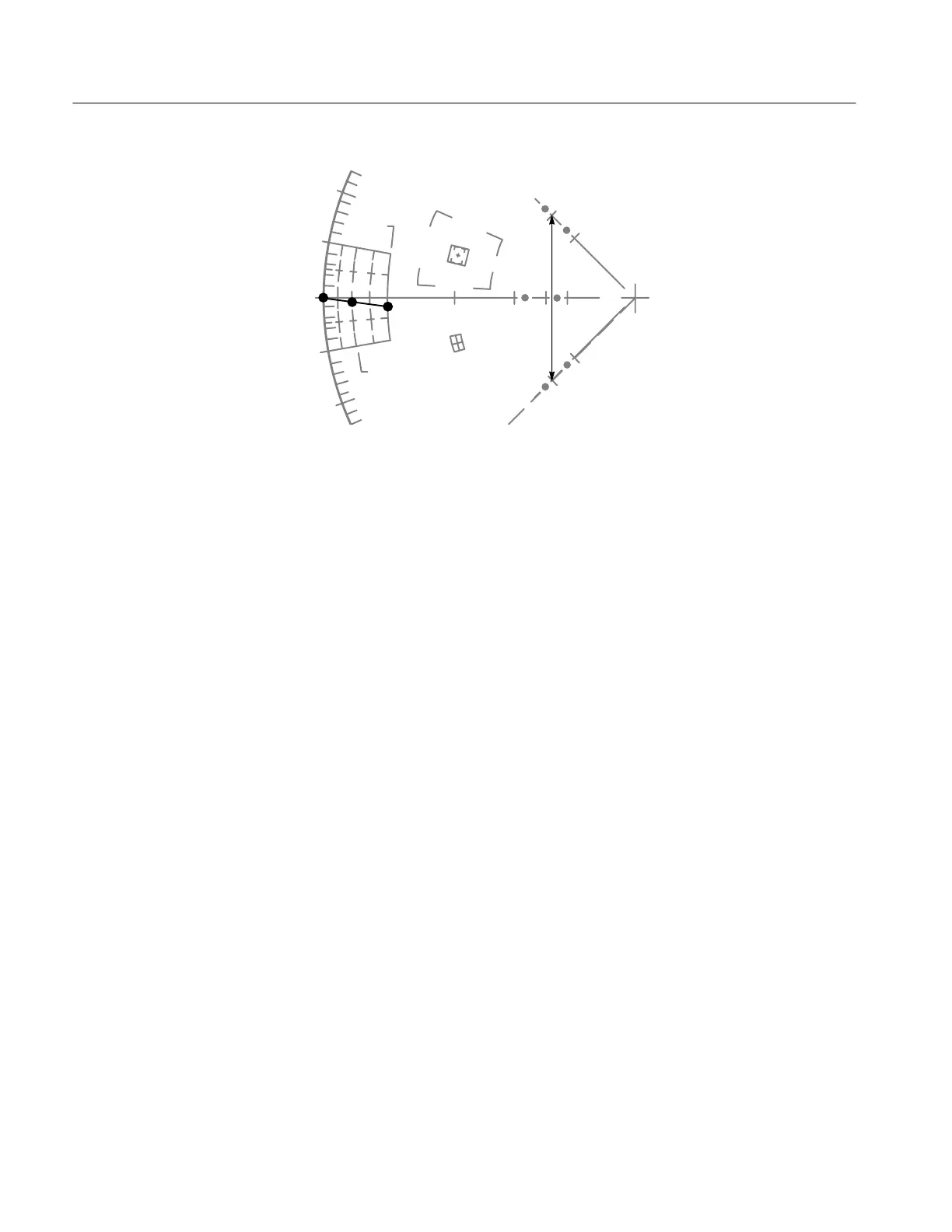